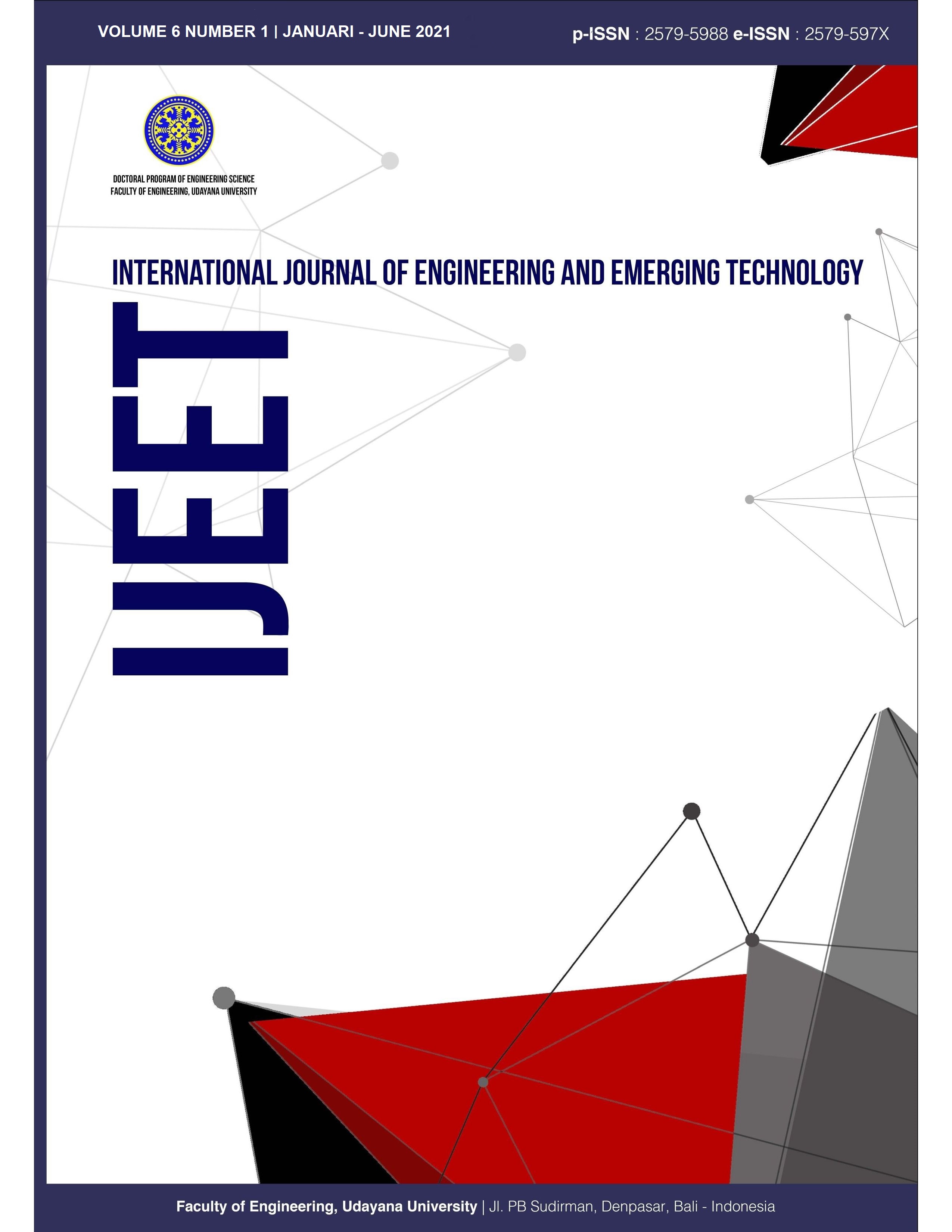Extreme Programming for Developing Additional Employee Income System (Case Study: Karangasem Regency Government)
Abstract
The State Civil Apparatus (ASN) is an important part of the government. ASN performance measurement needs to be done, because besides ASN being the provider in terms of community service, performance measurement is also used as a reference in providing additional employee income. Karangasem regency government developed a system to measure the performance of the existing 6,449 ASNs. The system is applied to measure performance and as a system that provides additional employee income. However, the pandemic situation resulted in the Karangasem district government having to press the budget for developing this system. The researcher proposes the Extreme Programming (XP) approach in system development. XP, which has the value of Communication, Simplicity, Feedback and Courage, is the right choice in developing a system with a small budget and time. Feedback that is quickly handled also greatly influences the speed and cost of development
Downloads
References
[2] Anonim, “Keputusan Menteri Dalam Negeri Nomor 061-5449 Tahun 2019 Tentang Tata Cara Persetujuan Menteri Dalam Negeri Terhadap Tambahan Penghasilan Pegawai Aparatur Sipil Negara di Lingkungan Pemerintah Daerah.” Jakarta, 2019.
[3] P. W. Kastawan, D. M. Wiharta, and M. Sudarma, “Implementasi Algoritma C5.0 pada Penilaian Kinerja Pegawai Negeri Sipil,” Maj. Ilm. Teknol. Elektro, vol. 17, no. 3, p. 371, 2018, doi: 10.24843/mite.2018.v17i03.p11.
[4] A. Laksmidewi, L. Linawati, and W. I.M.O, “Evaluasi Sistem Informasi Manajemen Kepegawaian dengan DS5 dan DS9 COBIT 4.1 Studi Kasus : Pemprov Bali,” Maj. Ilm. Teknol. Elektro, vol. 17, no. 1, p. 25, 2017, doi: 10.24843/mite.2018.v17i01.p04.
[5] F. Anwer, S. Aftab, S. Shah Muhammad, S. Shah Muhammad Shah, and U. Waheed, “Comparative Analysis of Two Popular Agile Process Models: Extreme Programming and Scrum,” Int. J. Comput. Sci. Telecommun., vol. 8, no. 2, pp. 1–7, 2017, [Online]. Available: www.ijcst.org.
[6] F. Anwer and S. Aftab, “SXP: Simplified Extreme Programing Process Model,” Int. J. Mod. Educ. Comput. Sci., vol. 9, no. 6, pp. 25–31, 2017, doi: 10.5815/ijmecs.2017.06.04.
[7] M. S. Widodo, “Requirements management pada extreme programming,” Semin. Nas. Apl. Tenologi Inf., vol. 2006, no. Snati, pp. 95–100, 2006.
[8] S. Janti, G. Taufik, and I. Komarudin, “XP Model for Information Systems Recording Academic Data,” SinkrOn, vol. 3, no. 2, p. 242, 2019, doi: 10.33395/sinkron.v3i2.10086.
[9] N. Ramadan Darwish, “Improving the Quality of Applying eXtreme Programming (XP) Approach,” IJCSIS) Int. J. Comput. Sci. Inf. Secur., vol. 9, no. 11, 2011, [Online]. Available: http://sites.google.com/site/ijcsis/.
[10] K. Beck, Extreme Programming Explained: embrace change, Second Edition. 2004.

 Indexed By
Indexed By







